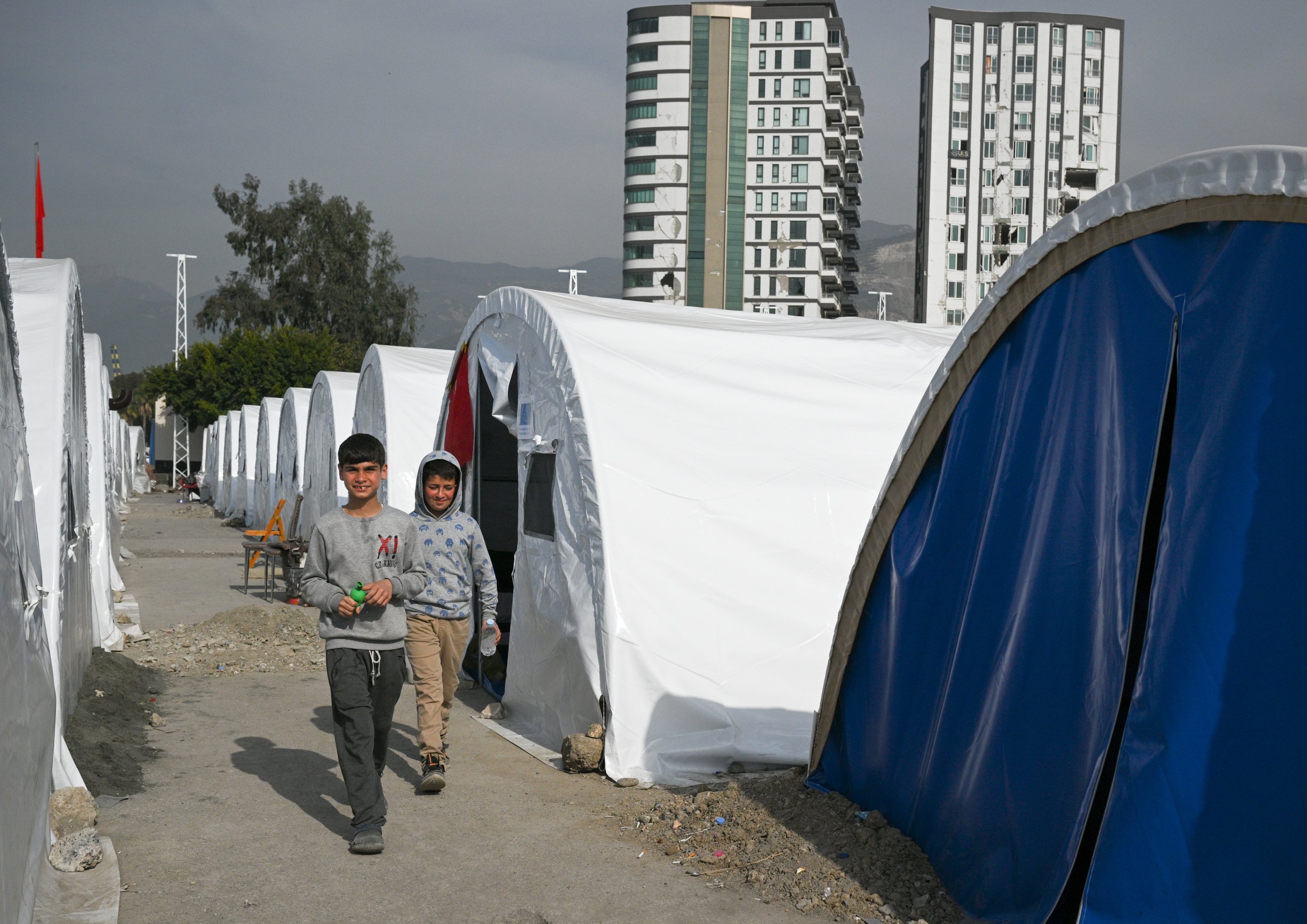© Turkuvaz Haberleşme ve Yayıncılık 2026
Last week, I visited the earthquake area with a group of academics. Today, I want to provide a summary of my observations.
First of all, although the epicenter of the twin earthquakes was Kahramanmaraş, Hatay, Adıyaman and Gaziantep provinces were more severely affected. The hardest hit residential area was Antakya, the city center of Hatay province, while Adıyaman was the second most affected province by the earthquake. Affecting 11 provinces, the disaster severely hit much of Türkiye's southern region.
Second, these earthquakes have affected the city centers and vastly changed the landscape in the region. Highways and railways were left in ruins; cracks appeared in the mountains and plains; rocks rolled from the hills.
Third, millions of people have left their hometowns for other cities. The aftershocks have demoralized the people in the area and caused them to leave their towns. The government seems to have to take specific measures to bring the internally displaced people back to the region. Considering these cities are rich in agricultural products and significant for the country's industrial production, the state will likely accelerate the normalization process and rebuild the demolished cities. During his post-earthquake visits, it is clear that President Recep Tayyip Erdoğan will personally deal with the regional problems and manage the reconstruction process. He is determined to restore the region within a year.
Fourth, compared with the performance of the state during the previous earthquakes, the state's capacity has improved dramatically. However, some unexpected developments, such as the winter conditions and the unprecedented magnitude and scale of the earthquakes, have prevented the state agencies from responding to the earthquake debris. Immediately after arriving in the earthquake area, the state agencies met people's needs. The people who continue to live in the earthquake area are asked to live in tents or containers provided mainly by the state agencies. Besides the governors working in the region, more than four other governors were appointed as coordinators in different city centers and towns. The government has mobilized all state resources. In addition to the agencies of the central government, many almost all municipalities, especially from the metropoles, have sent different kinds of assistance to the region. They have helped the regional cities provide utilities.

Fifth, these earthquakes have shown the mobilization power of the humanitarian Turkish nongovernmental organizations (NGOs). Hundreds of NGOs and voluntary organizations have arrived in the region and have begun to provide different kinds of assistance to the regional people. Since they are flexible institutions, these voluntary institutions, such as the Humanitarian Relief Foundation (IHH) and the Türkiye Youth Foundation (TÜGVA), have carried out massive humanitarian operations in the region. As one of the most professional organizations, the IHH has drawn attention both in search and rescue efforts and the distribution of aid to the people.
Sixth, despite intensive efforts to provoke the regional people and to create chaos within the country, the provincial people have witnessed the intensive efforts of state officials and voluntary organizations to meet their needs. All polarization, otherization and provocation efforts from Türkiye and abroad have failed. We have witnessed a successful integration, solidarity and cooperation of all segments of society with one another.
Last, despite the enormous losses and damages, the region's people trust the government. They believe that the government will overcome the hardships that the people of the region face. Therefore, most regional people were careful not to rebuke the government. Most people are aware of the large scale of the earthquake disaster. Although it will take some time, they also believe they will normalize their lives soon with the joint efforts of the people, voluntary organizations and state agencies.
As explained by the officials, many economic, social, spiritual, psychological and personal measures will be taken within this context. Therefore, it seems that the last disaster will become a turning point in Türkiye, and it will increase the awareness of the Turkish people toward possible future natural disasters.
